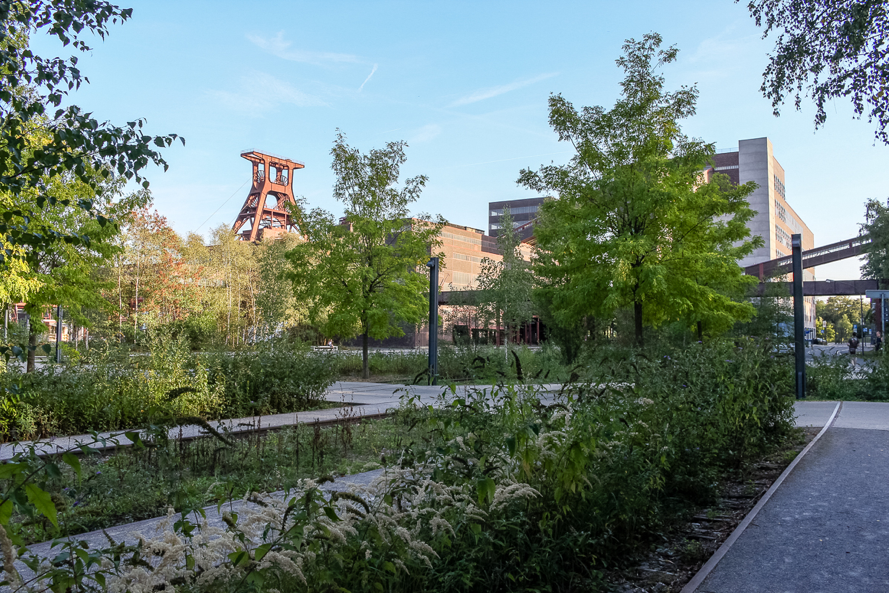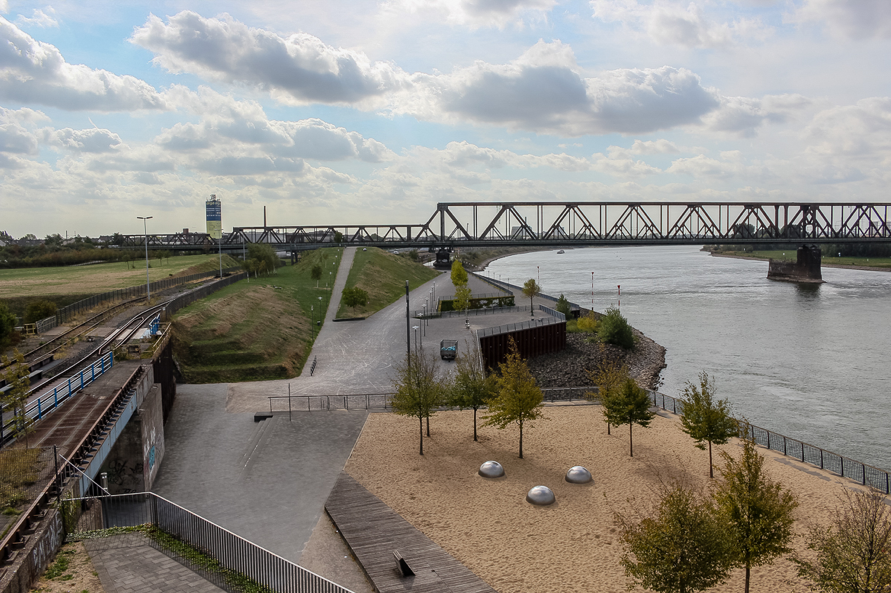-

Bringing neighbours closer
Welcome to the Interreg V-A Latvia–Lithuania Programme 2014–2020!
About the programme -

-

Faculty of Environment and Civil Engineering and local governments of Latvia and Lithuania visited brownfields in Poland and Germany
13 October 2018

The trip to Poland and German postindustrial territories was implemented within the framework of the Interreg Latvian-Lithuanian Cross-Border Cooperation Program 2014-2020 within the framework of the project “Innovative brownfield regeneration for sustainable development of a cross-border region (BrownReg)” (LLI-325), attended by the Faculty of Environment and Civil Engineering , Ludza (LV), Kupiskis (LT), Ignalina (LT) municipalities. The purpose of the professional experience trip was to get to know the latest technologies and approaches in the revitalization of postindustrial, degraded territories, to clean up existing pollution, and to adapt the existing infrastructure to new functions.
In Poland were discovered two urban objects. The first was the public and shopping center “Manufaktura” in Łódź with 260 stores, cinema, museums (including the famous MS2 Museum of Art), a luxury hotel and a public area with a fountain for various events, built on the basis of the infrastructure of the former tekstilfabrik. The other object was the former brewery in Poznan, which now is a modern education, art and trade centre. Both objects are characterized by highly sophisticated modern interior solutions, as well as with art, architecture and landscape architecture in small form, saving a nuanced memory of the former and the identity of the site.

Figure 1 Public and shopping center “Manufaktura”, Łódź.

Figure 2 Education and Trade Center Stary Browar, Poznan.
The objects in Germany were more related to the creation of postindustrial territories for multifunctional parks. The first of these was the Gleisdreieck Park in Berlin, built on the former railway infrastructure, which is currently evolving human-made elements and biologically diverse vegetation, which has evolved over several decades, while the territory was abandoned and unused. About 26 hectares of large natural park was created in the year 2013, and combines both preserved biologically diverse territories and newly created places for recreation, sport and education. It should be noted that the park was awarded the German Landscape Architecture Award 2015 for outstanding design and construction. The second park in Berlin was the 18 hectare large Schöneberger Südgelănde Park, built on the basis of former rail lines whose tracks have already spawned large trees in 50 years since their decommissioning, creating its own peculiarity.

Figure 3 Gleisdreieck Park in Berlin.

Figure 4 Schoeneberg Park in Berlin.
In addition to the mentioned objects, two newly-created parks in Essen and its surroundings, known as the Ruhr industrial region with historic mining history, should be noted. One of the parks is the Zollverein Park, which combines industrial archeology, natural landscape, rest areas, cultural objects and installations, and is included in the UNESCO World Heritage List. The other is the Rhine Park in Düsseldorf, whose 40 hectare area is still waiting for its investors, while at the same time currently offering a variety of leisure and entertainment options.

Figure 5 Zollverein Park in Essen.

Figure 6 Rhine Park in Duisburg
Within the framework of the Interreg project “The use of brownfields for sustainable development of cross-border regions”, is planned to revitalize some previously industrialized areas in the territories of Ludza, Kupiskis and Ignalina municipalities. Therefore, during the journey, among its participants, there was a debate about the use of the gained experience in their home. Within the journey substantial experience was gained in the revitalization of abandoned postindustrial territories. Used technologies was analyzed, such as fitoremediation, or soil and water treatment with plants. During the journey the cooperation between the LUA and the Latvian and Lithuanian municipalities was strengthened, examining the possibilities for new cooperation projects.
Last updated: 29.12.2025 19:37
